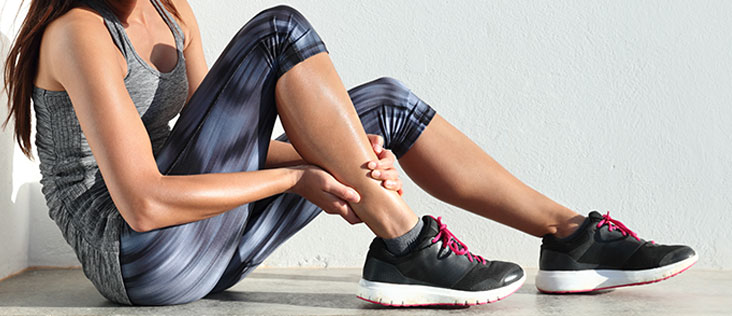
How can prehab improve my athletic performance?
Prehabilitation is not a term that many people are familiar with. In fact, it is often confused with rehabilitation which is what helps your recovery from an injury or preconditioning which prepares you for a more specific sport at a higher intensity or at a higher level.
Prehabilitation is actually all about preventing injuries when you take part in any sport or activity. It is a form of exercise program that is individually developed just for you or by you to help develop your performance. It also looks at what you will be doing and builds a plan for you to minimise your risk of injury. This means that you will be able to continue doing the sport that you love and attempting to continue to improve your performance.
There is no way we can ever guarantee being injury free or completely eliminating the risks, but, by understanding how our body works we can ensure we best use it for the requirements of our sport.
People who do a sport all have different levels, some are more proficient than others, but you don’t need to be a top athlete to be able to use a good, solid prehab plan. Sometimes you can feel the onset of an injury, and you just don’t know how or when to push, or even whether rest would be the best medicine. A footballer or long-distance runner will make thousands of repetitive movements in the course of their particular sporting activity. Some of these are positive and will be treated in a later blog and some are negative.
Let’s concentrate on the negative impacts. Muscle or postural imbalance or misalignment often contribute to the majority of naturally occurring injuries that I see in the course of my work. Common injuries such as a hamstring or quadriceps tear (the muscles at the back and the front of the top of your leg), runners knee, shin splints, ankle sprain or problems with the achilles tendon all need various lengths of time and types of treatment to complete the healing. Another thing to mention is that soft tissue injuries would affect somebody’s ability to participate in their chosen sport, such as a football match or running a certain distance.
Using the right prehab, we can help reduce the negative impact on the body and then prevent the repetitive injuries that are part and parcel of the amateur sportsperson’s life.
Warming up and cooling down are so important and I cannot stress this enough. They prevent the risk of injuries and activities such as jogging, walking, low-impact exercises, cycling, swimming and stretching are all examples of this.
They increase your body temperature and the blood supply which helps prepare the muscles for what is to come, reducing the stress that will be put on them and then reducing your chances of injury. After your training session, cooling down is vital as it helps eliminate the lactic acid that builds up during exercise and prevent muscle cramps.
Along with warming up and cooling down, strength training is also important. It maintains the strength of the musculoskeletal systems, thus reducing your chance of injury.
Rest and recovery play an important role in the prehab phase and injury prevention. Too many people don’t take this seriously enough. They push themselves too hard, too quickly and I end up seeing them in my physio clinic! Allowing your body to relax from the stress experienced during your training allows your body to recover. In your next training session, you are able to push again.
As you get older, the risk of injuring yourself whilst doing sport does increase, but this doesn’t mean that you should stop doing it. When you do sport, you need to know when to stop and listen to your body. This can keep injuries at bay and when you are injured, physiotherapy is always a solution. When you come to see me, I can help you design a program that can help you achieve your goals and reduce your risk of injury, meaning that you can concentrate on the areas of your sport that you want to!

 01622 94 20 33
01622 94 20 33 admin@xcelhealth.co.uk
admin@xcelhealth.co.uk

